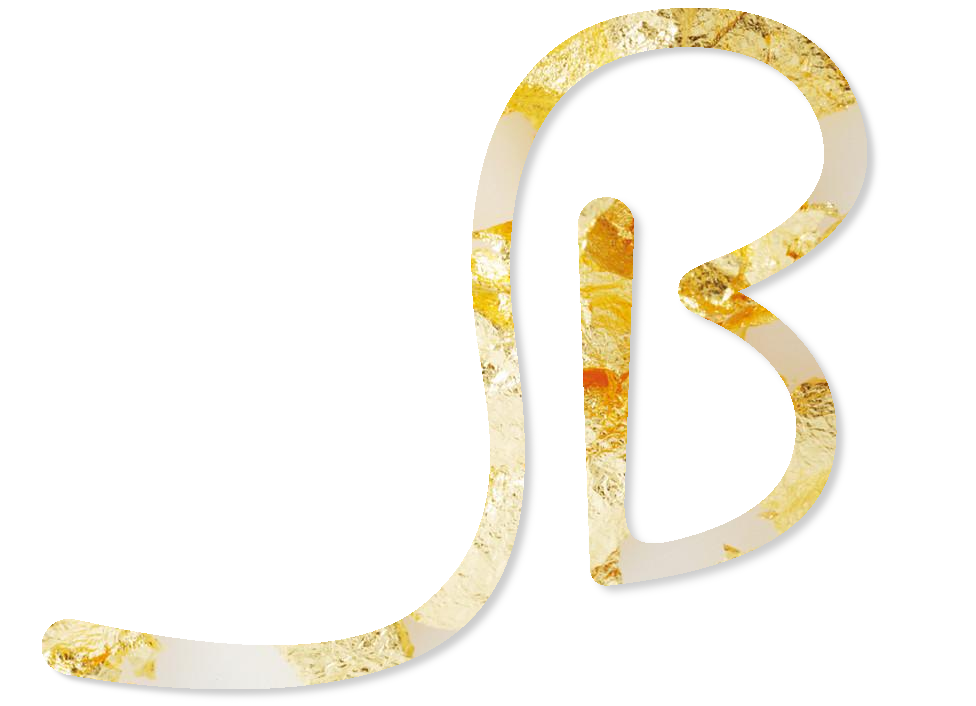Gilding defined
The term "gilding" is used to describe a process performed by a Gilder. It involves the application of metal leaf upon a prepared surface. The types of metal leaf that are used in gilding will be either pure or in combination with one or more than one of the following metals: gold, silver, palladium, zinc, copper, nickel or aluminum.
Types of gilding
Mordant gilding:
This method of gilding involves either an oil-based size or a water based size. An oil-based size is harder to use, requires more time to cure but is more durable than a water-based size. Mordant gilding begins with the preparation of a desired substrate usually made of wood. A color is applied to the surface of the wood followed by the application of a sealer and then the size. The term size refers to a solution acting as an adhesive and when it reached the right stage of tack the desired metal leaf is pressed onto the surface of the size. Because certain types of metal leaf are easily oxidized a coating is applied over the leaf in order to seal it. This coating can act like a toner if a color is added to it. Giving the leaf a faux patina, a gilder uses particular toners so that the metal leaf has the appearance of a tarnished surface like the surface of certain gilded antique objects and frames.
Water gilding:
Water gilding is by far the most precious type of gilding. It has a burnished surface that has a deep and rich reflective appearance. This process, in comparison to mordant gilding, must begin with a raw wood surface. It is covered with a traditional gesso, followed by the application of natural clay that is colored. The clay, when dry, is moistened with a water solution allowing the desired metal leaf to cling to its surface. After the water has evaporated, the layer of metal leaf is burnished into the clay layer using an agate stone. This burnishing process creates a rich and decorative reflective surface setting it apart from mordant gilding, which has a less reflective yet durable surface.

